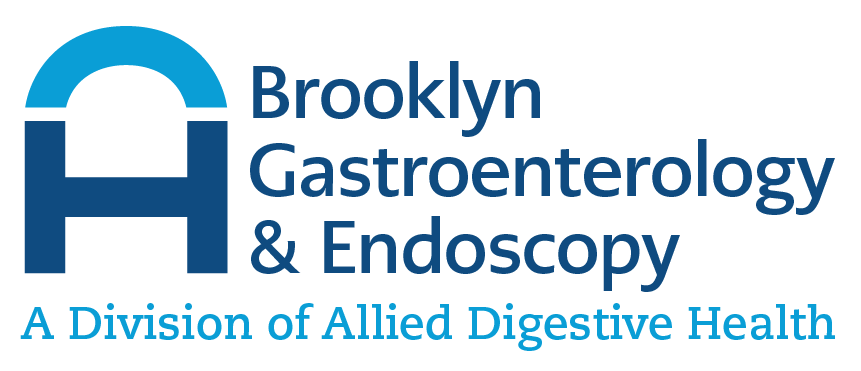What is endoscopic ultrasound?
Endoscopic ultrasound (EUS) is a procedure that allows a physician to examine the linings and walls of the esophagus, stomach, duodenum (first part of small intestine), rectum and lung. It also can examine organs near the gastrointestinal tracts, such as the lung, liver, gallbladder and pancreas.
The procedure is performed by a physician using a thin flexible tube with a camera and light source called an endoscope, with a miniature ultrasound attached to it. The physician will insert this device through the mouth or anus to examine the necessary organs. The ultrasound probe will generate sound waves to create visual images of the organs being examined.
Why is endoscopic ultrasound performed?
EUS is performed to evaluate the following conditions:
- ‘Bumps’ or lesions in the walls of the esophagus, stomach, duodenum, rectum or colon
- Pancreatic diseases such as chronic pancreatitis
- Cysts or tumors of the pancreas
- Lymph nodes by the lungs, esophagus, stomach, duodenum, rectum or colon
- Abnormalities of the gallbladder or bile ducts such as gallstones
- Esophageal cancer
- Pancreatic cancer
- Rectal cancer
- Lung cancer
EUS can be particularly helpful in the evaluation of certain gastrointestinal and lung cancers as it can help determine the stage of the tumor. It does this by assessing the cancer’s depth and whether it has spread to adjacent lymph nodes or vital structures, such as major blood vessels. A physician can also obtain tissue samples from the tumor or lymph nodes to help in the diagnosis and management of the condition.
How Does One Prepare for Endoscopic Ultrasound?
Generally, no eating or drinking is allowed for 6 to 8 hours before the procedure. Smoking and chewing gum are also prohibited during this time. Patients should tell their doctor about all health conditions they have—especially heart and lung problems, diabetes, and allergies— and all medications they are taking. Patients may be asked to temporarily stop taking medications that affect blood clotting or interact with sedatives, which are often given during endoscopic ultrasound. For endoscopic ultrasound exams of the rectum, patients will need to take an enema. Instructions on when and how to take the enema will be given by the physician.
Medications and vitamins that may be restricted before and after endoscopic ultrasound include:
- nonsteroidal anti-inflammatory drugs such as aspirin, ibuprofen (Advil), and naproxen (Aleve)
- blood thinners
- blood pressure medications
- diabetes medications
- antidepressants
- dietary supplements
Driving is not permitted for 24 hours after the endoscopic ultrasound to allow sedatives time to completely wear off. Before the appointment, patients should make plans for a ride home.
How is Endoscopic Ultrasound Performed?
Endoscopic ultrasound (EUS) is conducted at a hospital. Patients will first change into a gown and their belongings will be stored in a secure area. For EUS exams of the upper gastrointestinal tract, patients may receive a local, liquid anesthetic that is gargled or sprayed on the back of the throat. The anesthetic numbs the throat and calms the gag reflex. An intravenous (IV) needle is placed in a vein in the arm so sedatives can be administered. Sedatives help patients stay relaxed and comfortable. Most patients fall asleep with sedatives during the procedure. While patients are sedated, the doctor and medical staff monitor vital signs. Patients continue to breathe on their own throughout the procedure.
During the procedure, patients lie on their back or side on an examination table. For EUS exams of the UGI tract, an endoscope is carefully fed down the esophagus and into the stomach and duodenum. For EUS exams of the rectum and colon, the endoscope is inserted through the anal orifice and advanced carefully through the rectum and colon. A small camera and ultrasound probe mounted on the endoscope transmits video and ultrasound images to a video monitor, allowing the physician to obtain ultrasound images of the intestinal lining and adjacent organs. Physicians can pass very thin needles through a channel in the endoscope to obtain tissue samples or fluid from the intestinal lining, adjacent organs or lymph nodes. These samples of tissue or fluid are then sent to the hospital laboratory for analysis. EUS exams generally take about 30 to 90 minutes to complete.
What Happens after the Endoscopic Ultrasound is Done?
After the EUS exam, patients are moved to a recovery room where they wait about an hour for the sedative to wear off. During this time, patients may feel bloated or nauseated. They may also have a sore throat, which may remain for a day or two. Patients will likely feel tired and should plan to rest for the remainder of the day. Unless otherwise directed, patients may immediately resume their normal diet and medications.
Some results from the EUS exam are available immediately after the procedure. The doctor will often share results with the patient after the sedative has worn off. Biopsy results are usually ready in one to two weeks.
What are the Risks Associated with Endoscopic Ultrasound?
Overall, the risks associated with EUS are very low. Bleeding can occur from a biopsy, but such bleeding often stops on its own or can be controlled through the endoscopy. Perforation (a hole or a deep tear in the lining of the gastrointestinal tract) may require surgery, but this is a very uncommon complication. Pancreatitis (inflammation of the pancreas) can occur if tissue samples are obtained from the pancreas during the EUS exam, but this too is an uncommon complication. Other risks involve complications related to the anesthetics and sedatives (breathing difficulties, aspiration) or complications related to heart and lung disease.

